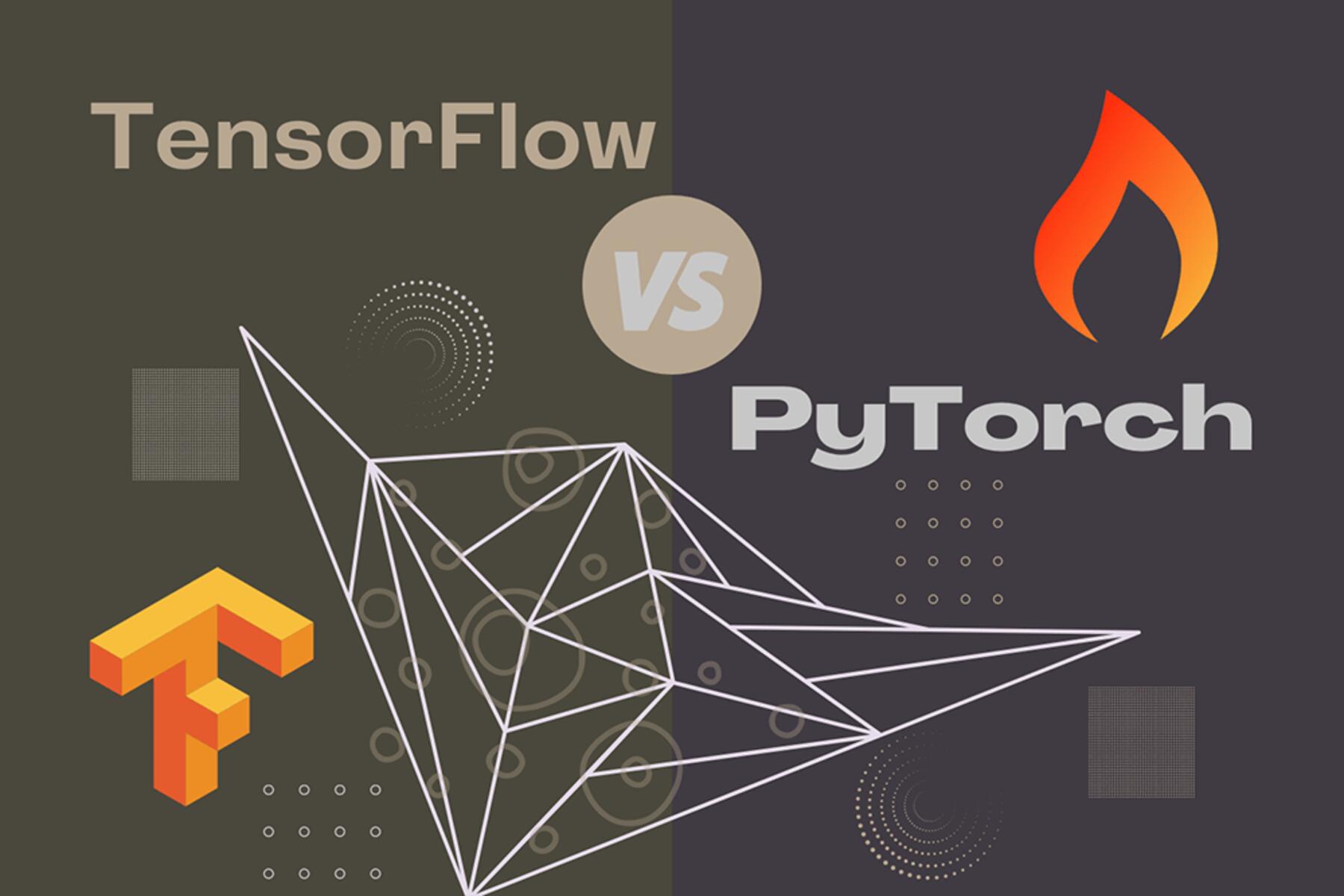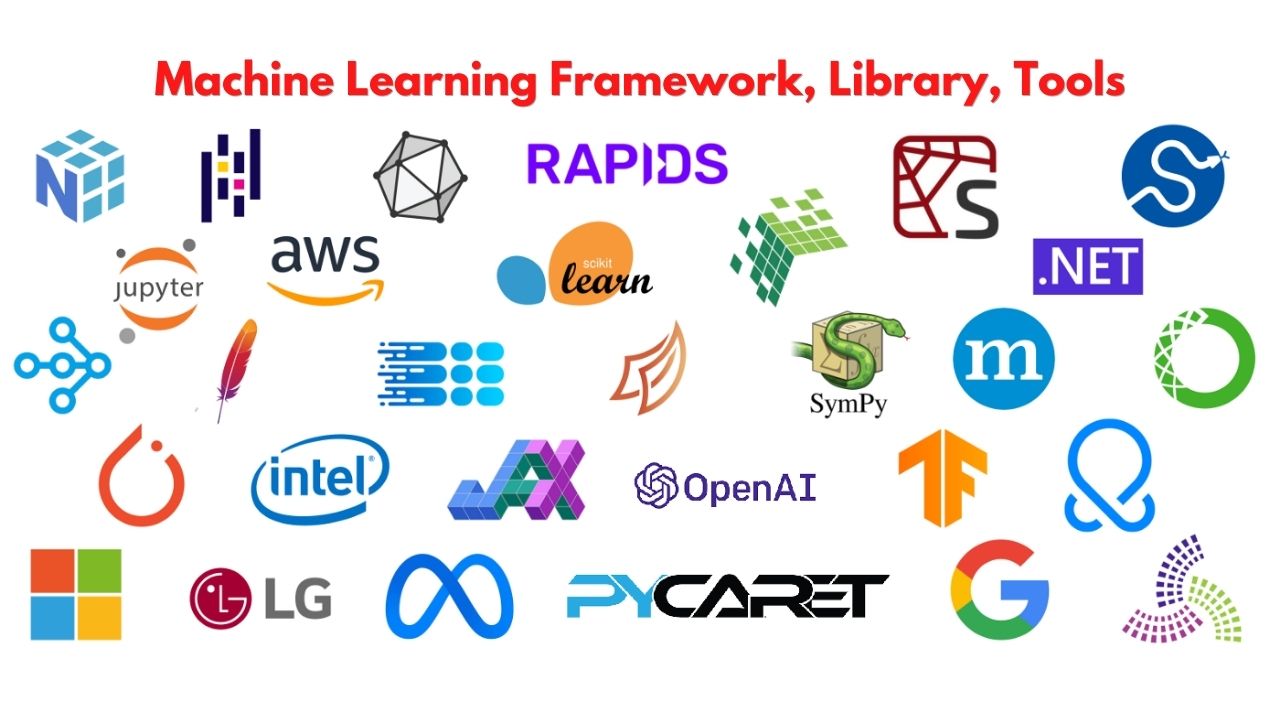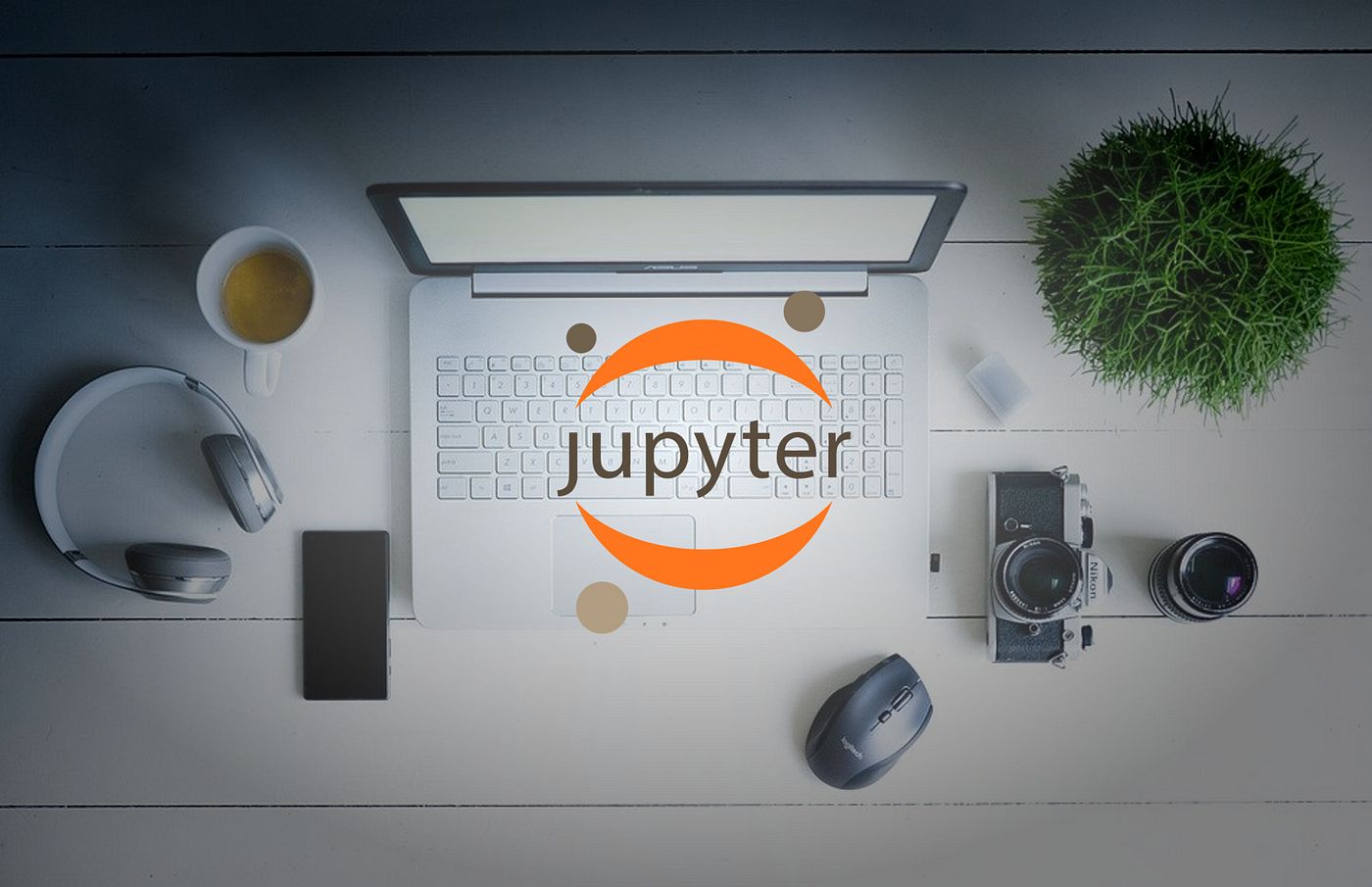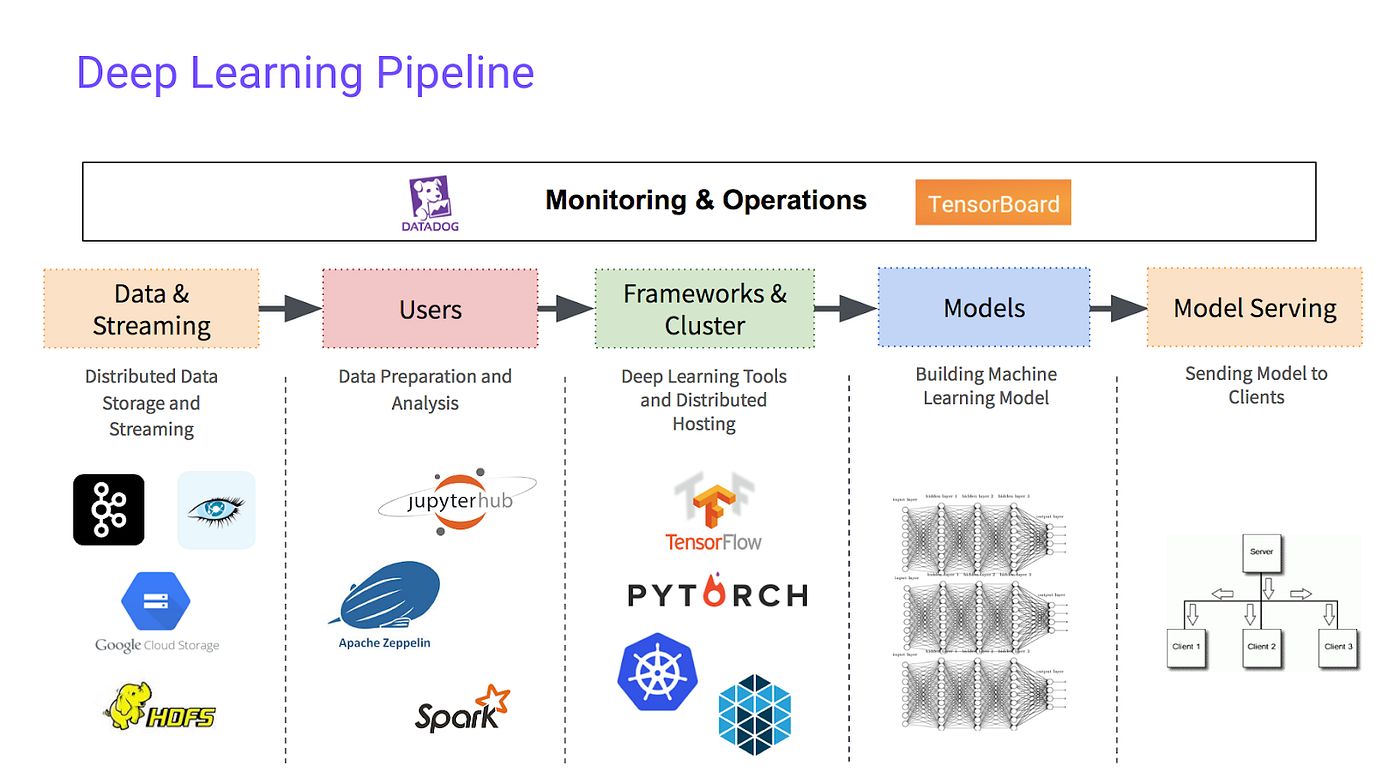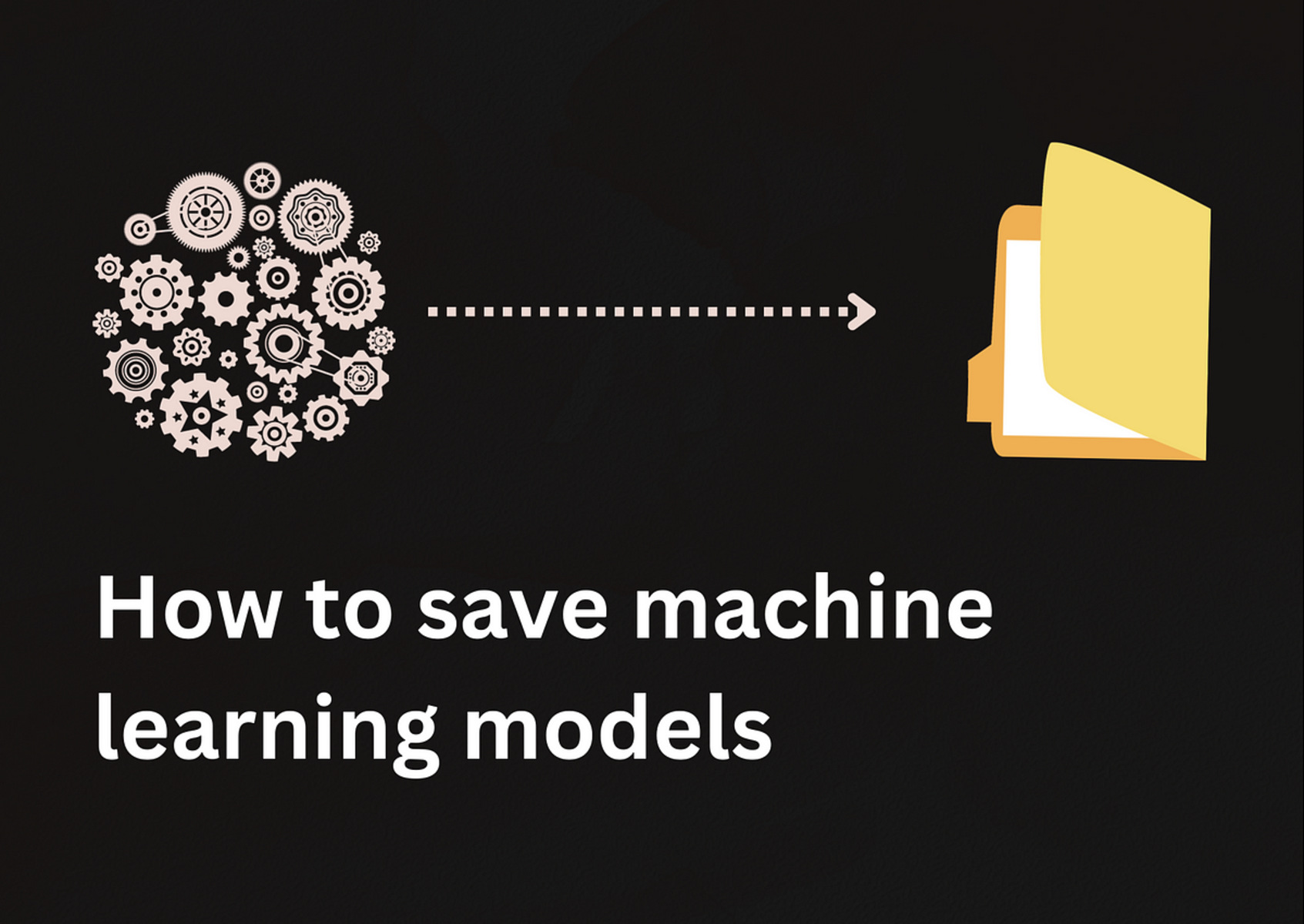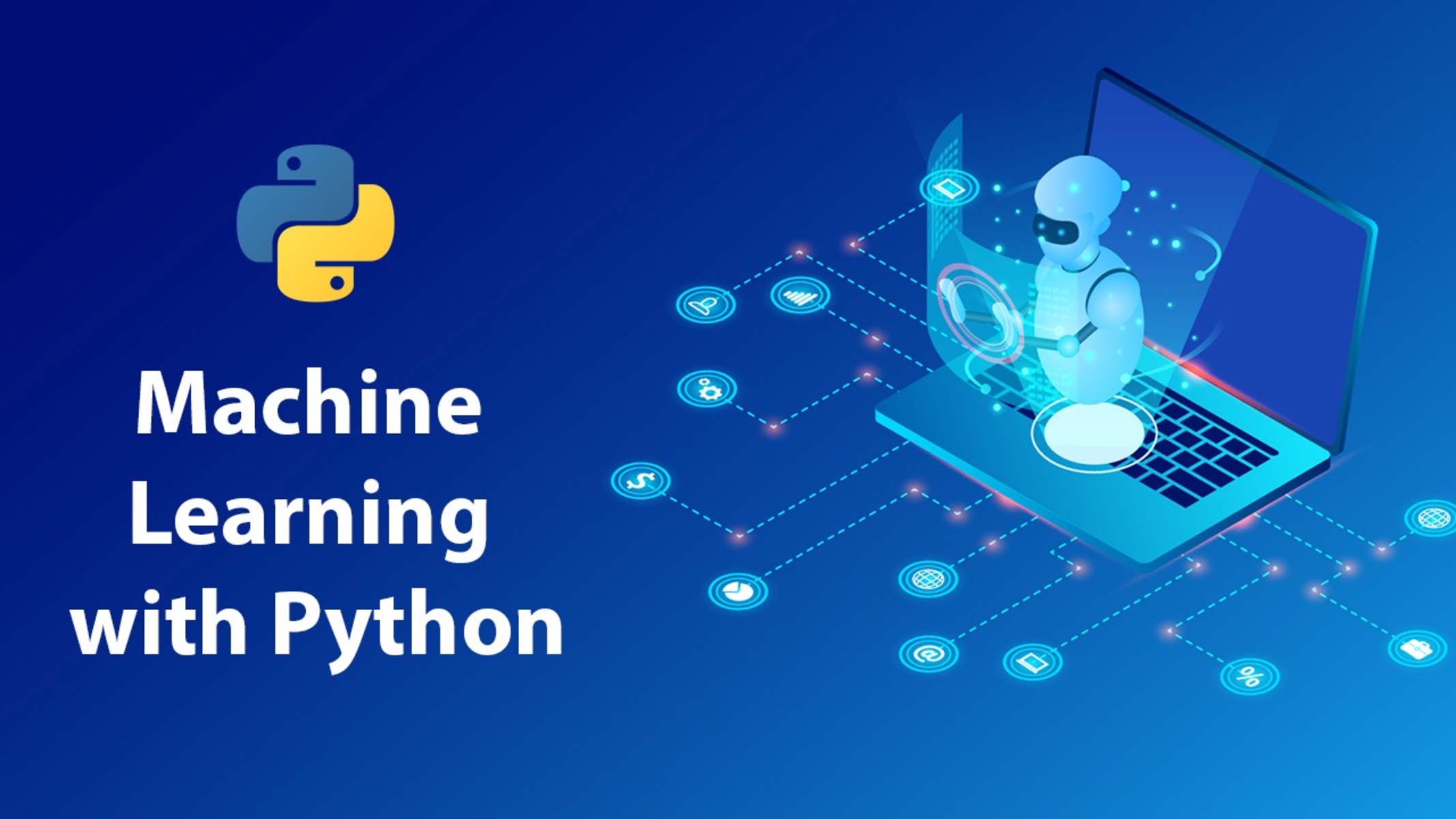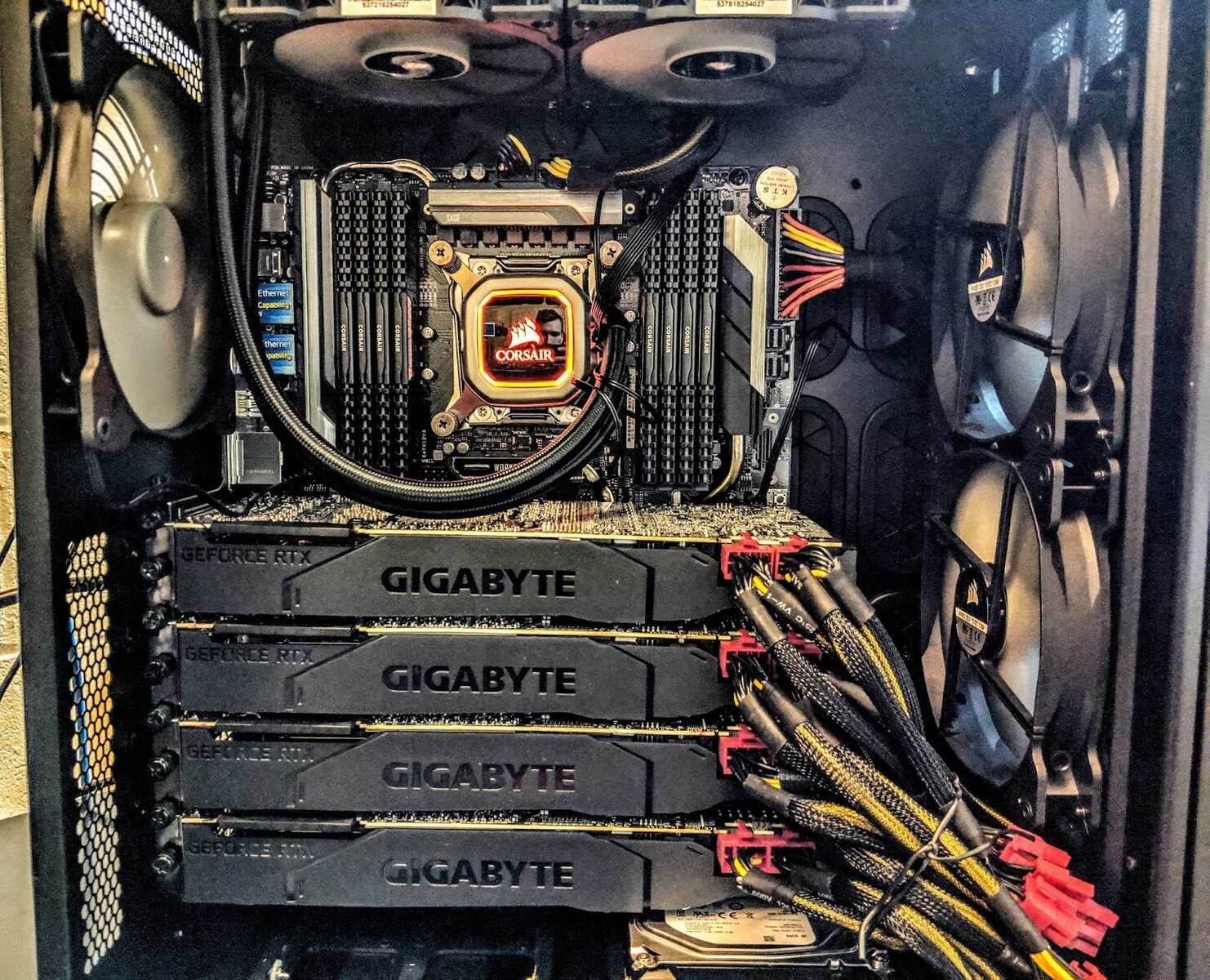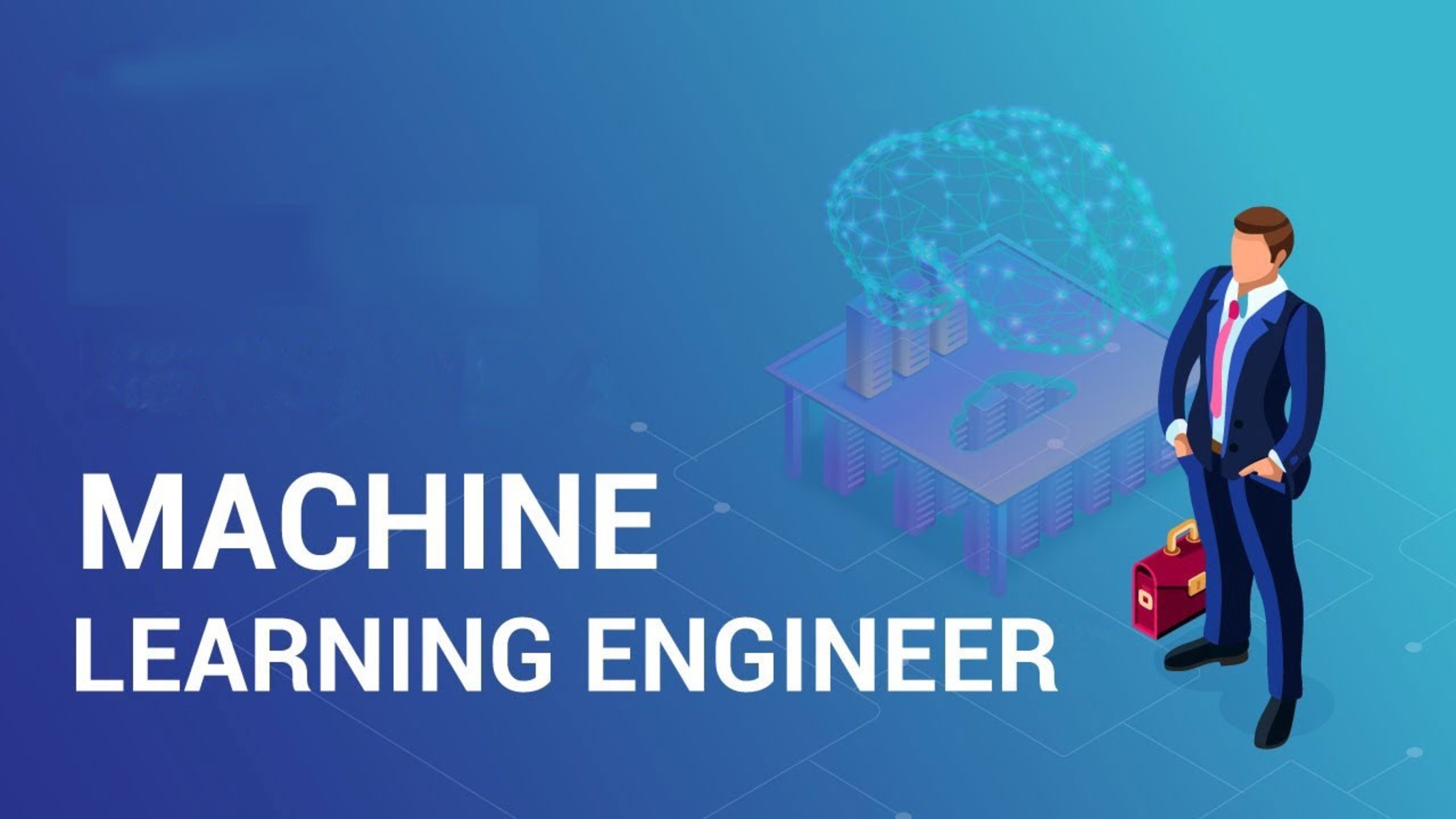Introduction
Machine learning platforms have revolutionized the field of artificial intelligence by providing developers with powerful tools and frameworks to build sophisticated models. These platforms not only simplify the process of building and deploying machine learning algorithms but also offer a wide range of functionalities to optimize performance and scalability. Tensorflow and PyTorch are two prominent examples of machine learning platforms that have gained immense popularity in the developer community.
TensorFlow, developed by Google Brain, is an open-source library widely used for numerical computation and machine learning applications. It has gained a significant following due to its versatility, scalability, and extensive ecosystem. On the other hand, PyTorch, developed by Facebook’s AI Research lab, has gained attention for its dynamic computational graph feature, making it highly flexible and intuitive for model development.
In this article, we will explore the key features and advantages of both TensorFlow and PyTorch. We will also delve into their differences to help you understand which platform might be best suited for your machine learning needs.
What is a Machine Learning Platform?
Before diving into the specifics of TensorFlow and PyTorch, it’s important to have a clear understanding of what a machine learning platform entails. In simple terms, a machine learning platform is a software framework or library that provides tools, algorithms, and resources to simplify the process of developing and deploying machine learning models.
These platforms typically offer a wide range of functionalities, such as data preprocessing, model training, model evaluation, and model deployment. They also provide built-in support for various machine learning algorithms, allowing developers to focus on building and optimizing their models rather than implementing complex algorithms from scratch.
Machine learning platforms often come equipped with features like GPU acceleration, distributed computing, and automatic differentiation, which can significantly speed up the training process and enhance model performance. They also enable seamless integration with other libraries and frameworks, making it easier to leverage pre-trained models or incorporate specific functionalities into your machine learning pipeline.
Moreover, machine learning platforms often have a vibrant community of developers, who contribute to the continuous improvement and expansion of the platform. This means that developers have access to a wealth of resources, including tutorials, documentation, and pre-built models, which facilitate the learning process and foster collaboration.
In summary, a machine learning platform serves as a comprehensive toolkit for machine learning tasks, providing developers with the necessary tools and resources to build, train, and deploy models efficiently. It eliminates the need for developers to reinvent the wheel, allowing them to focus on solving real-world problems and delivering impactful machine learning solutions. TensorFlow and PyTorch are two such platforms that have gained prominence in the machine learning community, each with its own unique set of features and advantages.
TensorFlow
TensorFlow, developed by Google Brain, is one of the most popular and widely used machine learning platforms available today. It is an open-source library that provides a flexible framework for building and deploying machine learning algorithms. TensorFlow is highly versatile and can be used for a wide range of applications, including image and speech recognition, natural language processing, and predictive analytics.
One of the key features of TensorFlow is its ability to create and manipulate computational graphs. This allows developers to define complex mathematical operations and build intricate machine learning models with ease. TensorFlow also supports automatic differentiation, which simplifies the process of calculating gradients and enables efficient training of deep neural networks.
Another notable aspect of TensorFlow is its strong support for distributed computing. It provides tools and libraries to scale training across multiple devices or machines, leveraging the power of GPUs and CPUs for faster and more efficient model training. This makes TensorFlow a preferred choice for deep learning projects that require extensive computational resources.
TensorFlow has a vast ecosystem with a wide range of pre-trained models and ready-to-use tools that accelerate development. It also integrates seamlessly with other popular libraries like Keras and TensorFlow Extended (TFX), expanding its capabilities and making it easier to implement complex machine learning pipelines.
Furthermore, TensorFlow’s deployment options are robust and versatile. It supports deployment on various platforms, including cloud-based services like Google Cloud ML Engine, as well as on mobile and embedded devices. This flexibility makes it suitable for deploying models in real-world scenarios and integrating them into production systems.
In summary, TensorFlow is a powerful and flexible machine learning platform that offers extensive features, scalability, and a vibrant community. Its ability to handle complex computational graphs, support distributed computing, and provide seamless integration with various libraries makes it a popular choice among developers for a wide range of machine learning projects.
PyTorch
PyTorch, developed by Facebook’s AI Research lab, is a dynamic machine learning platform that has gained significant popularity in the developer community. It is an open-source library that offers a Python-first approach to building machine learning models. PyTorch stands out for its flexibility, intuitive interface, and extensive support for dynamic computation graphs.
One of the main advantages of PyTorch is its dynamic computational graph feature. Unlike static graph frameworks like TensorFlow, PyTorch allows developers to define and modify computational graphs on the fly. This provides greater flexibility and ease in debugging and experimenting with different model architectures. It is particularly beneficial for researchers and developers who value the ability to easily iterate and fine-tune their models.
PyTorch also boasts a user-friendly and intuitive interface. The API is designed to be simple and intuitive, making it easier for developers to quickly understand and implement complex models. The Pythonic nature of PyTorch allows for straightforward debugging and integration with other Python libraries, further enhancing the overall development experience.
Another notable feature of PyTorch is its seamless integration with NumPy, a popular numerical computing library in Python. This makes it easier to manipulate and transform data in a familiar and efficient manner, especially when dealing with large datasets. PyTorch also offers GPU acceleration, enabling faster model training and inference for computationally intensive tasks.
PyTorch has a growing ecosystem with a variety of community-contributed libraries and tools. These extensions enhance PyTorch’s capabilities and provide additional functionality for tasks like computer vision, natural language processing, and reinforcement learning. The active community of researchers and developers also ensures that PyTorch stays up-to-date with the latest advancements in the field.
In terms of deployment, PyTorch offers various options. It can be seamlessly integrated with other frameworks like ONNX for exporting and deploying models, making it suitable for both production deployment and research prototyping.
To summarize, PyTorch stands out for its dynamic computational graph, intuitive interface, and seamless integration with Python libraries like NumPy. Its flexibility and ease of use make it a popular choice for researchers and developers who prioritize experimentation and fine-tuning of models.
Comparison between TensorFlow and PyTorch
Both TensorFlow and PyTorch are powerful machine learning platforms with their own unique strengths and advantages. Let’s compare them based on different criteria to help you make an informed decision when choosing between the two:
- Computational Graph: TensorFlow uses a static computational graph, which requires defining the graph structure upfront and then executing it. On the other hand, PyTorch utilizes a dynamic computational graph, allowing for more flexibility and easier debugging. This makes PyTorch more suitable for research and experimentation.
- Flexibility: PyTorch offers a more flexible and intuitive programming interface, making it easier to express complex ideas and implement novel architectures. TensorFlow, with its strong static graph foundation, is better suited for projects that require strict control over the execution flow.
- Community and Ecosystem: TensorFlow has a larger and more mature ecosystem, with extensive documentation, pre-trained models, and well-established best practices. However, PyTorch is rapidly growing and has an active research community that contributes to the development of new tools and libraries.
- Deployment: TensorFlow provides robust deployment options, with support for cloud platforms like Google Cloud ML Engine. It is widely used in production settings due to its scalability and distributed computing capabilities. PyTorch, although not as mature in terms of deployment, offers seamless integration with frameworks like ONNX for model exporting and deployment.
- Learning Curve and Documentation: TensorFlow has been around for a longer time, resulting in a more extensive collection of resources, tutorials, and sample code. It offers better documentation for beginners and a larger community for support. PyTorch, while catching up, might have a steeper learning curve for those new to deep learning.
Ultimately, the choice between TensorFlow and PyTorch depends on your specific needs and preferences. If you prioritize a robust ecosystem, scalability, and production-ready deployment, TensorFlow might be the better choice. On the other hand, if you value flexibility, ease of use, and a dynamic approach to model development, PyTorch is a more suitable option, especially for researchers and developers focused on experimentation and prototyping.
Conclusion
Choosing the right machine learning platform is crucial for the success of your projects. In this article, we explored two popular platforms, TensorFlow and PyTorch, and compared their key features and advantages.
TensorFlow is a versatile and scalable platform with a strong focus on distributed computing. It supports static computational graphs and has a wide range of pre-built models and tools. TensorFlow is widely adopted in production deployments and offers a wealth of resources and community support.
PyTorch, on the other hand, stands out for its dynamic computational graph, intuitive interface, and flexibility. It has gained popularity among researchers and developers who prioritize experimentation, fine-tuning, and prototyping. PyTorch’s integration with Python libraries and its growing ecosystem make it a powerful choice for data scientists and researchers.
When selecting between TensorFlow and PyTorch, consider factors such as the nature of your project, the level of flexibility required, the complexity of the models you will be building, and the resources and support available. Additionally, it’s worth considering your familiarity with the programming languages supported by each platform, as well as the deployment options you anticipate using.
In conclusion, both TensorFlow and PyTorch have their own strengths and advantages, and the choice between them ultimately depends on your specific needs and preferences. Whichever platform you choose, both offer powerful tools and resources to simplify the development and deployment of machine learning algorithms, enabling you to unlock the full potential of artificial intelligence in your projects.







